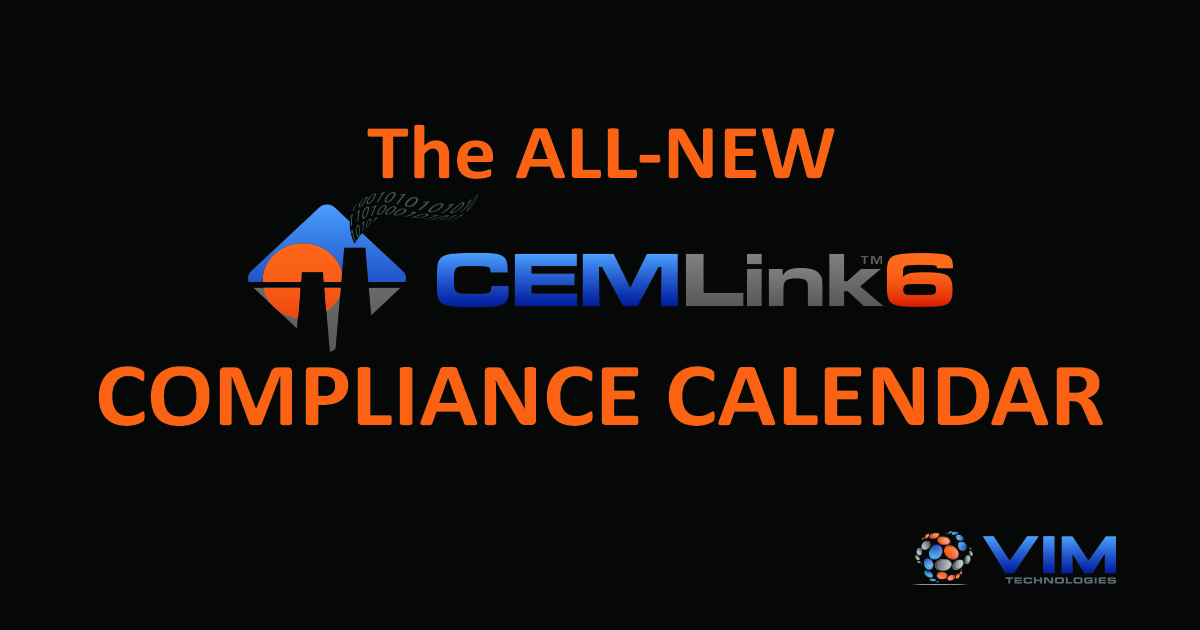On October 13, 2020, Alberta Environment and Parks (AEP) published a second draft of the 1998 Continuous Emission Monitoring System (CEMS) Code. On the same day, AEP hosted a webinar to provide information concerning the proposed revisions to the CEMS Code. AEP intends to issue the final CEMS Code after January 1, 2021 and the CEMS Code would tentatively become effective on January 1, 2022. A copy of the draft CEMS Code, supporting documents as well as a recording of the AEP webinar is available at www.alberta.ca/continuous-emissions-monitoring.aspx. A brochure summarizing the significant revisions to the CEMS code is available here.
Category: Compliance Related Resources
EPA Signs Final Revisions to 40 CFR Part 63

On October 1, 2020, the EPA Administrator signed final revisions to 40 CFR Part 63, National Emission Standards for Hazardous Air Pollutants for Source Categories.
The rule will become effective sixty (60) days after publication in the Federal Register. The rule is designed to formalize EPA’s 2018 guidance memorandum which overturned EPA previous policy of “once in, always in” (OIAI), which is often referred to as the May 1995 Seitz Memorandum.
The rule also finalizes revisions to the Part 63 General Provisions clarifying “that a major source can be reclassified to area source status at any time upon reducing its potential to emit (PTE) hazardous air pollutants (HAP) to below the major source thresholds (MST) of 10 tons per year (tpy) of any single HAP and 25 tpy of any combination of HAP.”
Additionally, the final rule specifies compliance dates, notification, and recordkeeping provisions applicable to sources electing to reclassify to area source status or to sources reverting back to major source status. A copy of the prepublication version of the rule is available here.
Recent Updates in CEDRI — Effective September 2020
EPA’s Compliance and Emissions Data Reporting Interface (CEDRI) has implemented a number of recent changes and enhancements in August and September of 2020. This includes new and updated reports, job aides, and added capabilities. One of the biggest changes includes discontinuing the use of web forms, effective September 24, 2020. We’ve provided a synopsis of the changes below:Read more »
EPA Publishes MATS Electronic Reporting Rule in Federal Register
On September 9, 2020, EPA published final amendments to the electronic reporting requirements specified in 40 CFR Part 63, Subpart UUUUU, National Emission Standards for Hazardous Air Pollutants: Coal- and Oil-Fired Electric Utility Steam Generating Units (also known as the MATS Rule) in the Federal Register.Read more »
EPA Issues Proposed Revisions to Subpart DDDDD (Boiler MACT Rule)
Updated Original Post Dated: July 20, 2020
On July 8, 2020, the EPA Administrator signed proposed revisions to 40 CFR Part 63, Subpart DDDDD, National Emission Standards for Hazardous Air Pollutants for Major Sources: Industrial, Commercial, and Municipal Boilers and Process Heaters.Read more »
EPA Publishes Final Revisions to Subpart AAAAA for Lime Manufacturing Plants
The EPA published final revisions in the Federal Register to 40 CFR Part 63, Subpart AAAAA, National Emissions Standards for Hazardous Air Pollutants for Lime Manufacturing Plants in late July with changes impacting several key sections.Read more »
Reducing Compliance Risk: Easy Access to Environmental Data is Critical
If your source monitoring is anything short of 100% compliant with applicable regulations under the Clean Air Act Amendments you are at risk of notices of violation (NOVs), fines, and other disciplinary action. Reducing this compliance risk starts with proper data collection. Data visibility and ease of access can help your company stay within the guidelines of its operating permit.
EPAS (Environmental Project Assessment Service)
The installation of a new data acquisition and handling system (DAHS) is a unique and complex project that many plant personnel may not experience during their careers. Moreover, the level of effort required to manage a DAHS installation project is typically in addition to existing plant staff workloads which can be taxing. Experience shows that there is often a void at the outset of a typical DAHS project where the project requirements and specifications have not been clearly defined. In the absence of clearly defined technical specifications, both the buyer and seller are often stuck in an uncomfortable position. There can be numerous open-ended questions that have a significant impact on the overall success of the project. Details such as:
Complying with MACT using CEMLink6’s Continuous Parameter Monitoring System (CPMS) capabilities

VIM Technologies, Inc. is a true compliance partner. As the market leader in innovative data acquisition software design, we back up each application with a compliance first mindset. Our products and services are supported by an expert staff of environmental engineers that have been serving the air regulated community since 1992.
Introducing: The all new CEMLink 6 Compliance Calendar

Being an environmental manager in the 21st century requires you to juggle numerous quality assurance tests, oftentimes with different deadlines. Some can be tied to the number of operating hours within a quarter while others are based on the anniversary date of an inspection or performance test. Let CEMLink 6 shoulder the burden of tracking and notifying you of any impending deadlines.




